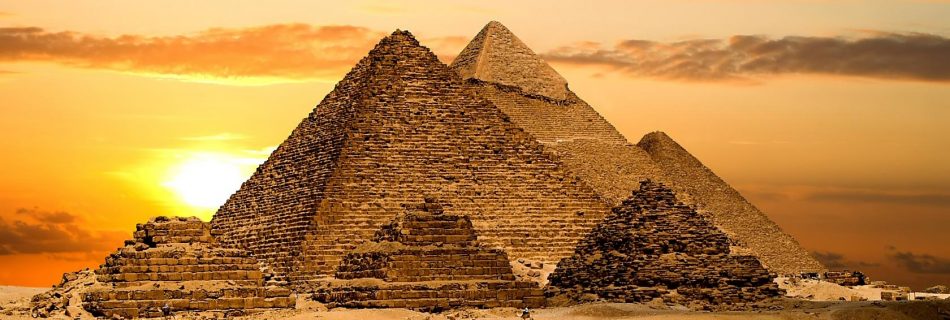Pharaoh let the people go
After the 10th plague, Pharaoh let the people go. Exod 12:30-32 (KJV) 30 And Pharaoh rose up in the night, he, and all his servants, and all the Egyptians; and there was a great cry in Egypt; for [there was] not a house where [there was] not one dead. 31 And he called for Moses …
